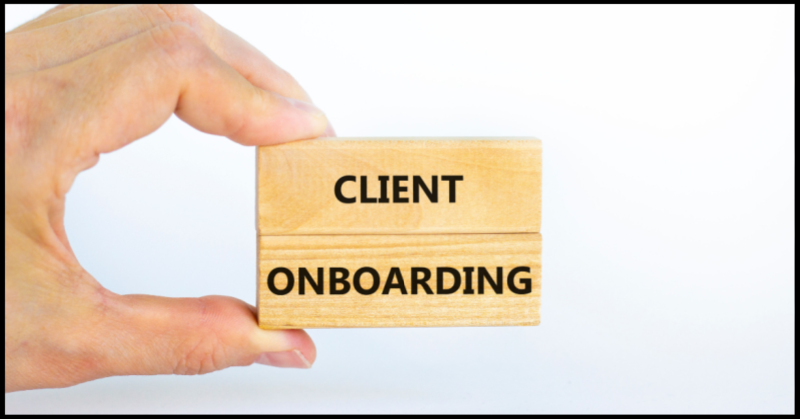How do you get new clients set up to start working with your firm? Onboarding is a critical component for an accounting firm of any size, from a local business that only has a handful of clients to an international conglomerate working with hundreds of different organizations.
What do they all have in common? Onboarding is the first touch in a relationship with their clients. It’s the first impression any client gets about your business and sets the tone for their expectations the rest of the way. Think about the last time you walked into an impressive retail store – how did you feel? What gave you those feelings? Odds are, it was a combination of the aesthetic of the store and the service provided by the people working there. High-end retail stores are famous for considering every small detail, from the brightness of lights to the specific way a store smells.
While you might not think lights or pretzel smells have anything to do with your initial client impression as an accounting firm, both are the kinds of minor details that can have a bigger effect on the rest of the relationship. One area where we see lots of accounting firms missing out on easy efficiency with onboarding is through technology. Many accountants aren’t taking full advantage of the benefits modern tools can provide when it comes to streamlining your onboarding process and avoiding common mistakes.
Below are four of the missteps we see repeated most often and how to overcome them.
1. Not having a consistent onboarding process
Does your new client onboarding look exactly the same every time? If you’re like many of the small accounting firms we talk to, you might switch things up based on the way your other work is going or the relative availability of your team. This may feel like a normal, natural part of business, but it’s not a good way to approach onboarding.
To make your onboarding as efficient as possible, you should be taking the exact same steps for each client of the same type. Sure, there may be small variances here and there, but generally, your onboarding should involve the same set of major steps that are required to get clients up to speed for working with your firm. For example, you may need a specific number of forms to be filled out in a certain order, and from there schedule a meeting to confirm and finalize them.
2. Not automating repetitive tasks
We mentioned forms above, but there are plenty of examples of minor onboarding items that don’t require much creativity or focus yet still need to get done. These can include everything from sending out meeting requests to mailing official forms to regulatory organizations by a specific date. If you aren’t already automating these simple tasks that don’t need much human input, you’re probably investing too many resources into onboarding.
Automation in your onboarding process will not only help you save time and energy, it also reflects positively on your firm from your client’s point of view. An accounting firm using the newest technology to make the onboarding process easier will likely make the same good use of technology in other areas of the engagement.
3. Placing too much onboarding burden on clients
While there are many different items that accounting firms need their clients to approve and sign, there is flexibility in the way a firm goes about attaining these needs. We see too many that dump a massive list of files, onboarding tasks, and deadlines onto a client all at once and then expect them to do the rest. This approach is inefficient and places too much of the burden for onboarding on the client, when it should be handled by the firm.
Instead of sending one packed email or spelling out everything at a meeting, do your best to break down onboarding needs into smaller chunks. Identify which channels they communicate best on, whether it be phone calls, email or even texting. Finally, give them plenty of reminders when relevant due dates are approaching, instead of disappearing until the night before a deadline.
4. Not making onboarding part of a larger group of processes
For maximum efficiency, everything in your firm needs to be connected in a way that helps your team know exactly what needs to be done and when, even if they haven’t been working with that client previously. Critical client tasks from onboarding to billing to generating invoices are all best handled as part of a streamlined set of processes that are understood by everyone involved. If you don’t have a set order in which you complete each step of your client engagement, you’ll struggle to get everything done on time.
One of the best ways to group together all of your firm’s processes and handle relevant tasks more efficiently is by using accounting practice management software. With out-of-the-box functionality for critical tasks like project notifications, file sharing and time tracking, it’s easy to manage everything without jumping around to different tools, helping you ensure onboarding – and every other part of the client engagement – goes smoothly.
.png?width=150&height=63&name=TWRlogo-regmark_blueblack%20(1).png)
.png)










Do you have questions about this article? Email us and let us know > info@woodard.com
Comments: